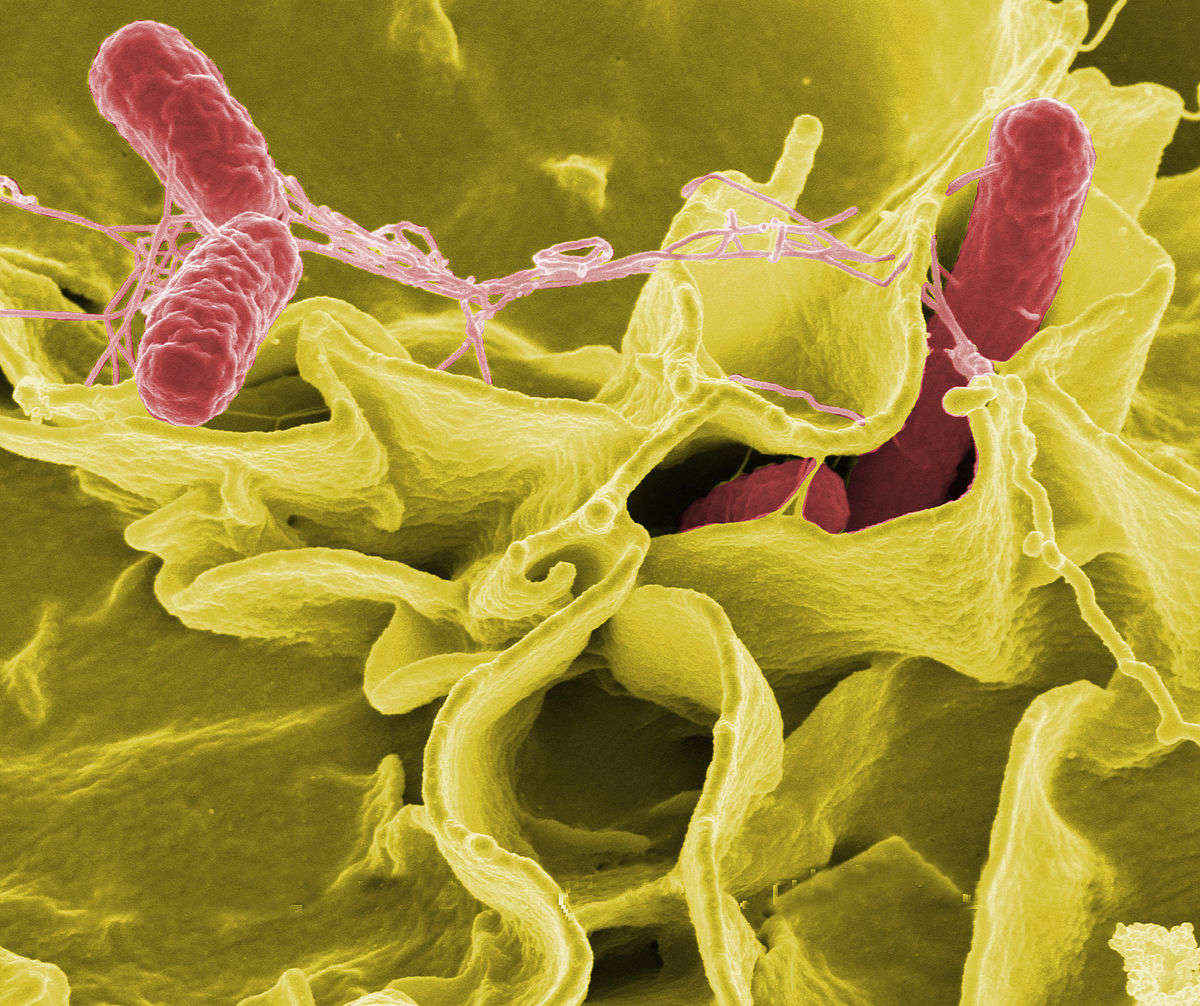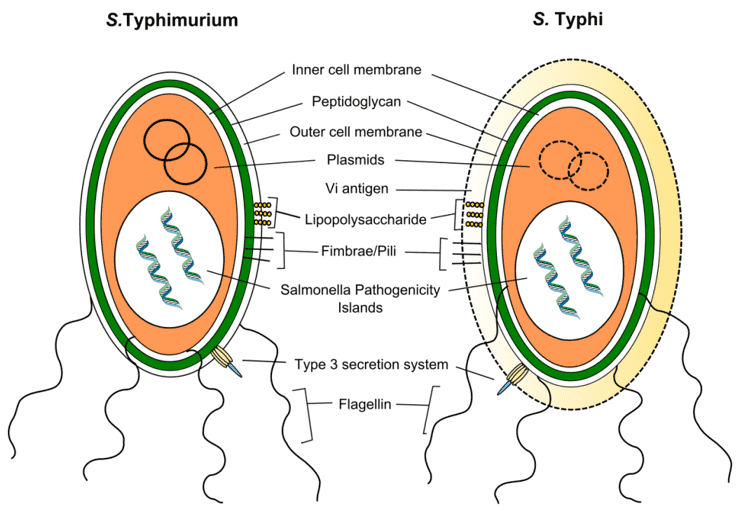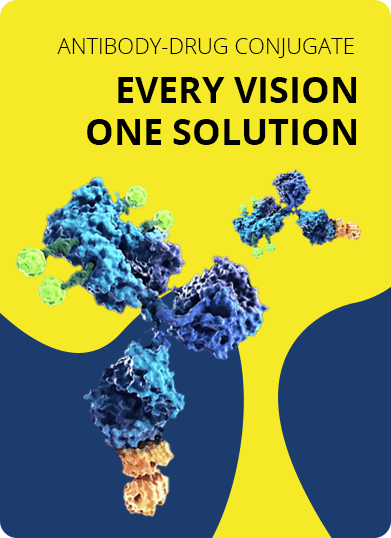- Home
- UTC Development
- Antibody-Antibiotic Conjugate (AAC) Development
- Bacterial Infection related Antibody Discovery
- Salmonella related Antibody Discovery
Salmonella related Antibody Discovery Services
Creative Biolabs provides antibody customization services for Salmonella based on our top-quality antibody technique platform. Our professional scientists have extensive experience in antibody engineering in both research quantities and large scale for industrial applications, and we are pleased to use our extensive experience and advanced platform to offer the best service to satisfy each demand from our clients.
Salmonella Introduction
Salmonella species are recognized as major zoonotic pathogens of animals and humans. The genus Salmonella is composed of two distinct species, Salmonella enterica, and Salmonella bongor, the former being divided into six subspecies. These six subspecies are further divided into 2,400 serovars based on the H (flagellar) antigen and classified into more than 50 serogroups based on the O (somatic) antigen. Typhoid fever is a global health problem with an estimated 217,000 deaths worldwide each year. Salmonella enterica serovar Typhi (S. Typhi) is one of the Gram-negative bacteria that cause this debilitating condition. Mortality usually results from intestinal perforation and peritonitis or from a severe toxic encephalopathy associated with myocarditis and hemodynamic shock. Infections with non-typhoidal Salmonella serovars, such as S. enterica serovar Typhimurium and S. Enteriditis, also cause a significant disease burden, with an estimated 93.8 million cases worldwide and 155,000 deaths each year.
 Fig.1 Electron micrograph showing Salmonella typhimurium (red) invading cultured human cells.
Fig.1 Electron micrograph showing Salmonella typhimurium (red) invading cultured human cells.
Composition of Salmonella
The virulence factors of the Salmonella serovars are mostly encoded on the Salmonella pathogenicity islands (SPI). S. Typhimurium and S. Typhi genomes share 11 common SPIs. Four are specific to S. Typhi (SPI-7, 15, 17 and 18) and only one (SPI-14) for S. Typhimurium. The polysaccharidic capsule Vi antigen is of importance for S. Typhi virulence, but evidently absent in S. Typhimurium, S. Paratyphi A, and most other Salmonella serovars. Flagella are found on the bacterial surface and are thought to be important for biofilm formation, colonization, and initial attachment to the host cells.
 Fig.2 Virulence of S. Typhimurium and S. Typhi.1,2
Fig.2 Virulence of S. Typhimurium and S. Typhi.1,2
Antibodies and Antibiotics as Therapeutics
At present, over a third of isolates in many endemic areas are multidrug resistance (MDR) against different antibiotics, including ampicillin and co-trimoxazole, chloramphenicol. The MDR will continue to grow and the available antimicrobial agents would become obsolete. Therefore, the drugs for MDR cases are becoming an increasing problem to be solved. One possible strategy to improve the current situation is to combine an approach designed to enhance the host immune response with antibiotic therapy against the drug-resistance pathogen.
Creative Biolabs has long-term devoted to antibody discovery and development against bacteria. With elaborate technique platforms and years of experience, Creative Biolabs is capable of providing antibody development services against Salmonella to boost our global customers’ research and project goals. Please feel free to contact us for more details.
References:
- De Jong, Hanna K., et al. "Host–pathogen interaction in invasive salmonellosis." (2012): e1002933.
- Distributed under Open Access License CC BY 4.0, without modification.
For Research Use Only. NOT FOR CLINICAL USE.

Online Inquiry
Welcome! For price inquiries, please feel free to contact us through the form on the left side. We will get back to you as soon as possible.
